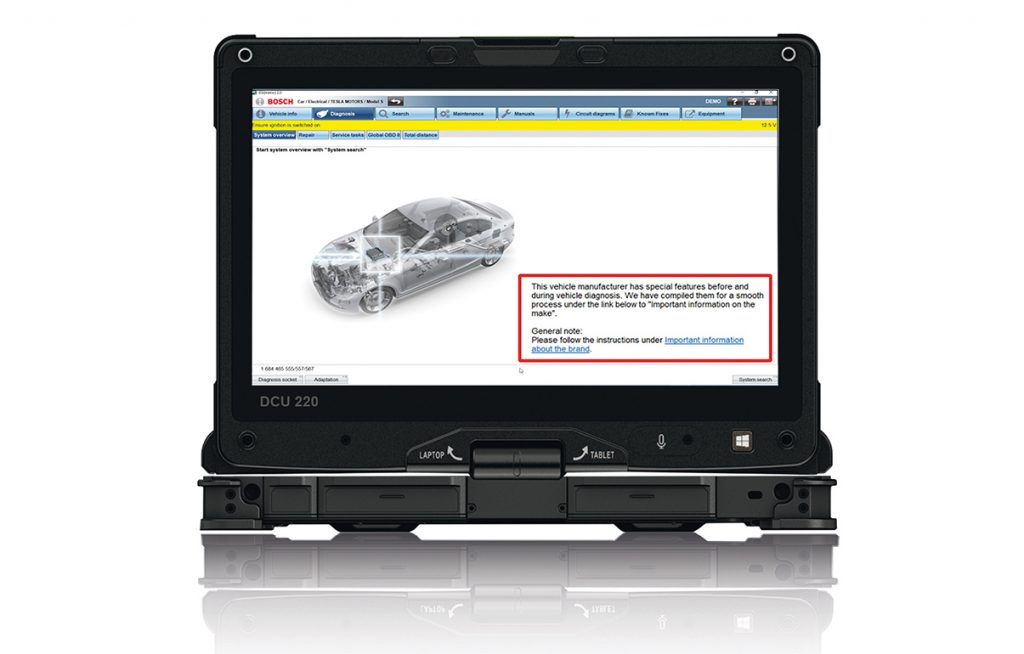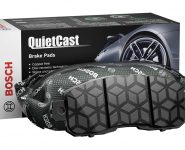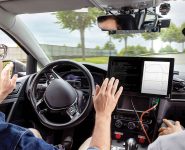BOSCH ASSISTING WORKSHOPS WITH EV SERVICING
Esitronic diagnostic software offers a helping hand when working on electric and hybrid vehicles

For vehicle workshops, the growing number of hybrid and electric vehicles on the roads is presenting new challenges.
Work on electric and hybrid vehicles requires specialist expertise, and workshop technicians need specific training to be able to handle the high-voltage systems in electric vehicles.
To support workshops that work on these alternative powertrains, Bosch’s Esitronic 2.0 Online diagnostic software now covers well over 200 electric and hybrid vehicle models.
Safely disconnecting the high-voltage system
For many jobs on electric and hybrid vehicles, the priority is to isolate the high-voltage system, making it safe and to protect workshop technicians from potential electrocution.
This involves disconnecting the high-voltage system from the vehicle and discharging any residual current.
After disconnecting the system, technicians must always ensure that the vehicle cannot be switched on again and they also need to check and document that no voltage is present.
Once these steps have been completed, it is safe to work on or near high-voltage components. Depending on the manufacturer and vehicle model; however, the voltage disconnection process specified by the manufacturer and the corresponding instructions may vary.
Compliance with the manufacturer’s specifications and correctly isolating the battery are particularly important for the safety of workshop technicians.
In Esitronic 2.0 Online, therefore, Bosch provides detailed instructions for the vehicle-specific isolation process based on manufacturer specifications and data.
Anomalies in the diagnosis of Tesla models
Currently, Esitronic includes the Tesla Model S and Model X types. The U.S. manufacturer has brought many innovations to the field of diagnostics.
As a consequence, it is important to be familiar with, and observe certain special features in order to run diagnostics successfully on Tesla vehicles.
For example, on the Model S and X, the brake pedal must be depressed to put the vehicle into the mode that allows access to the CAN diagnostic functions.
This enables the workshop to perform diagnostic work quickly and efficiently.
The ‘Important information about the brand’ link in the Esitronic 2.0 Online diagnostic software explains these special features, giving the Esitronic user a quick overview of diagnostics on Tesla vehicles.
Other Tesla models, as well as electric and hybrid models from other manufacturers, will be added to the Bosch diagnostic software as part of the regular updates offered.
For more information please visit https://ap.boschaftermarket.com/au/en









